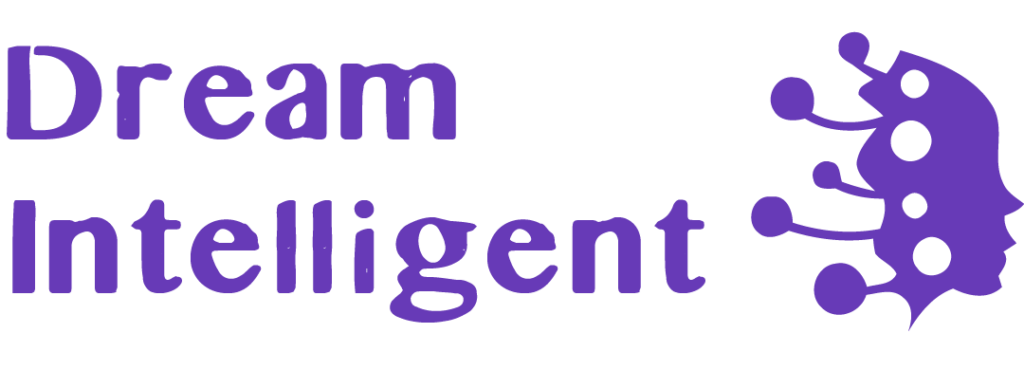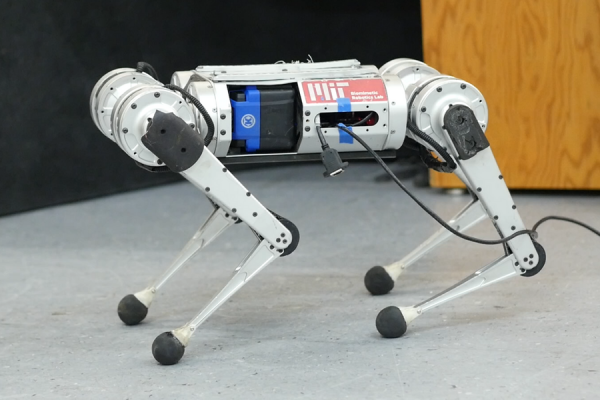What is the Role of Artificial Intelligence in the Education Sector? – Analytics Insight
Machine Learning (ML) and Artificial Intelligence (AI) are essential drivers of innovation and growth in all sectors, including education. 86 percent of educators believe that technology should be an integral element of education. AI has the potential to improve both learning and teaching, assisting the education industry, while simultaneously evolving to benefit both students and teachers. While no chatbot can really replace a teacher, AI can help students get the most from their learning.
What’s Next in Artificial Intelligence? Three Key Directions – Stanford HAI
Stanford Institute for Human-Centered AI (HAI) will address three of the most critical areas of artificial intelligence during a one-day conference free and open to all. The conference will focus on foundation models, accountable AI, and embodied AI. Stanford HAI Associate Director and linguistics and computer science professor Christopher Manning, who will cohost the event, explains what this conference will cover.
‘No-Code’ Brings the Power of A.I. to the Masses – The New York Times
A growing number of new products allow anyone to apply artificial intelligence without having to write a line of computer code. Proponents of the “no-code” movement believe it will change the world: It used to require a team of engineers to build a piece of software, and now users with a web browser and an idea have the power to bring that idea to life.
Study examines how machine learning boosts manufacturing
A survey by MIT and McKinsey reveals how high-performing companies use machine-learning technologies. Amgen uses deep-learning image-augmentation to maximize efficiency of visual inspection systems. Those who extracted the biggest gains from digital technologies had strong governance, deployment, partnerships, MI-trained employees, and data availability. They also spent up to 60 percent more on machine learning than their competitors.
Unlocking new doors to artificial intelligence
MIT’s 6-A Master of Engineering (MEng) Thesis Program works with some of the most innovative companies in the world and collaborate on cutting-edge projects. The students’ projects ranged from generating synthetic data to allowing for privacy-sensitive data analysis to using computer vision to identify actions in video that allows for monitoring human safety and tracking build progress on a construction site.
Sustainability applications for artificial intelligence – Sustainability Magazine
Artificial intelligence (AI) systems are already transforming industries and becoming an indispensable part of our daily lives. But AI systems can be energy-intensive, and there is a pressing need for those working in the field of AI to address the potentially large environmental impacts. Singapore has committed itself to environmental sustainability, underlined by its ratification of the Paris Agreement and recent plans to reach net-zero by or around mid-century.
3 Questions: How the MIT mini cheetah learns to run
Researchers from MIT’s Improbable AI Lab have been working on fast-paced strides for a robotic mini cheetah. Achieving fast running requires pushing the hardware to its limits, for example by operating near the maximum torque output of motors. The robot needs to respond quickly to changes in the environment, such as the moment it encounters ice while running on grass.
How artificial intelligence can help combat systemic racism
MLK Visiting Professor S. Craig Watkins, a professor at the University of Texas at Austin, researches the impacts of media and data-based systems on human behavior. Watkins: “One of the fundamental questions of the work is: how do we build AI models that deal with systemic inequality more effectively?” He works also to develop tools and platforms that can address inequality outside of tech head-on.
Artificial intelligence is everywhere now. This report shows how we got here. – Popular Science
The Stanford Institute for Human-Centered Artificial Intelligence released a report on AI in 2022. The number of publications on the topic has doubled in the last decade. Patent filings related to AI innovations in 2021 are 30 times greater than in 2015. The majority of filed AI patents were from China, but the majority of patents actually granted were from the US. The report also highlights the number of users participating in open-source AI software libraries on GitHub.
Inside AI: Food Processing and Distribution in the Era of Artificial Intelligence – Inside Unmanned Systems
According to the EPA, about a third of the food supply is lost, accounting for 15% of municipal solid waste and 2% of our energy use. Pesticide and herbicide use has increased more than 10% over the past 5 years while not everyone has access to high-quality food they can afford. The pieces of the puzzle are all there: ubiquitous sensors and devices that generate data with unprecedented volume, velocity and veracity.
Data: The Most Valuable Commodity for Businesses
Petabytes of data are traversing networks worldwide every day, and all of that data means big money. Not every company can have the same data strategy because the verticals a business needs to explore depend on the domain expertise of that business. Some of the most influential companies globally, like Google and Facebook, have made their money mainly from valuable and often intimate data.
Human autonomy in the age of artificial intelligence
Recent incidents of AI-facilitated deception, manipulation or coercion suggest that AI technologies could seriously interfere with human autonomy on a large scale. Cambridge Analytica’s attempt to manipulate voters is just one example. To address risks to autonomy, we need to confront the complexity of the concept itself. We need to adapt governance solutions accordingly, says Andrew Keen.
5 Applications of Computer Vision
Computer vision (CV) is a field of artificial intelligence that allows machines to ‘see’ the world around them. Devices integrated with computer vision can analyze visual information and make decisions based on it or understand their surrounding environment and situations. CV surpassed people’s abilities to detect and label objects — today’t systems have reached 99% accuracy in reacting to visual inputs.
Artificial intelligence sheds light on how the brain processes language
MIT study suggests the underlying function of these models resembles the function of language-processing centers in the human brain. Computer models that perform well on other types of language tasks do not show this similarity to the brain. These models can also perform tasks that seem to require some degree of genuine understanding, such as question answering, document summarization, and story completion. The study appears in the Proceedings of the National Academy of Sciences.
How can artificial intelligence help increase audience engagement with the news? – Journalism.co.uk
More than 20 news organisations from across the world worked together last year on addressing some of their problems. The Collab Challenges are organised by JournalismAI, a journalism think tank at the LSE and supported by the Google News Initiatives. One of the participants was Ketil Moland Olsen, senior project manager at Media City Bergen, who was looking at better ways to reach younger readers who seldom read the news.
Inside the Lab: AI breakthroughs that will power the metaverse
Building for the metaverse is the most ambitious long-term project Meta has ever attempted. The experiences we’re envisioning are impossible to deliver with the software and hardware that exists today. Getting there will require major advances in almost every technology we work with. Today we are showcasing some of this work, such as our Builder Bot demo, which enables people to generate or import things into a virtual world just by using voice commands.
Here Come the Artificial Intelligence Nutritionists – The New York Times
After 500 days using the DayTwo app, Tom Idema’s diabetes is in remission and his blood sugar levels have dropped to the upper end of normal. DayTwo is just one of a host of apps claiming to offer A.I. eating solutions. Users should be wary of overly broad claims that go beyond predicting how foods affect blood sugar, experts say. They are based on research showing that bodies react differently to the same foods.
The Google.org grantee using AI to detect bushfire risks
Google.org has announced a $6 million Sustainability Seed Fund to help organizations addressing some of the region’s most difficult sustainability challenges. The fund builds on the support Google has already provided — through grants, technology and technology — for sustainability-focused organizations and researchers across Asia-Pacific. Professor Hamish McGowan from the University of Queensland in Australia is working on a world-first hazard detection system for bushfires.
New GPT-3 Capabilities: Edit & Insert
GPT-3 and Codex can now edit text, changing what’s currently there or adding text to the middle of content. Providing future context to the model can improve the quality of completions for applications such as writing long-form text, transitioning between paragraphs, following an outline, or guiding the model toward an ending. The new insert capability adds contextually relevant text in the middle.


